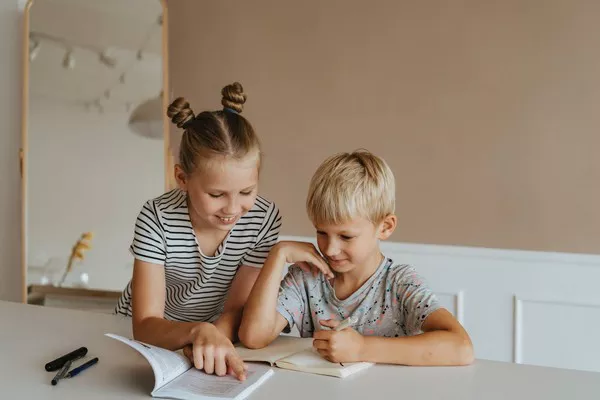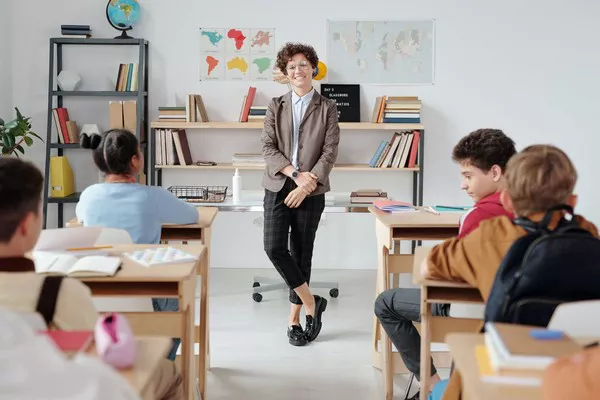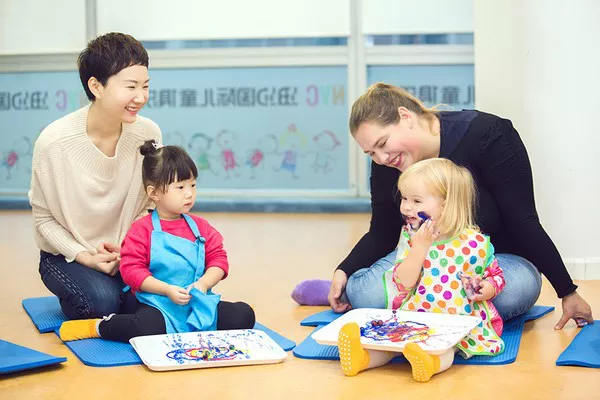Friendship is a fundamental aspect of human life, providing emotional support, companionship, and a sense of belonging. Best friends hold a unique place in our lives, often becoming our confidants, partners in adventure, and sources of unconditional support. But what characterizes a normal best friendship? How do best friends typically act towards each other? In this article, we will explore the behaviors, dynamics, and qualities that define a healthy and typical best friendship, providing insights into what makes these relationships so special.
1. The Foundations of a Best Friendship
Trust and Loyalty
One of the cornerstones of any strong friendship is trust. Best friends trust each other implicitly, knowing that their secrets, vulnerabilities, and personal information are safe. This trust is built over time through consistent and reliable behavior. Loyalty also plays a crucial role; best friends stand by each other through thick and thin, showing unwavering support even in challenging times.
Honesty and Open Communication
Best friends communicate openly and honestly. They feel comfortable sharing their thoughts, feelings, and opinions without fear of judgment. This honesty fosters a deep connection and understanding between friends, allowing them to navigate conflicts and misunderstandings effectively.
Mutual Respect
Respect is fundamental in any healthy relationship, including best friendships. Best friends respect each other’s boundaries, values, and individuality. They celebrate each other’s successes and provide constructive feedback when necessary, always with the intent to support and uplift.
2. Characteristics of a Normal Best Friendship
Shared Interests and Activities
Best friends often have shared interests and enjoy spending time together engaging in activities they both love. Whether it’s a shared hobby, a favorite sport, or simply hanging out, these shared experiences strengthen their bond.
Support During Tough Times
A defining feature of best friends is their presence during difficult times. They provide emotional support, lend a listening ear, and offer practical help when needed. This unwavering support helps individuals navigate life’s challenges and stresses.
Celebration of Successes
Best friends celebrate each other’s achievements and milestones with genuine happiness. They take pride in each other’s successes and provide encouragement and motivation to pursue goals and dreams.
Comfortable Silence
One of the unique aspects of best friendships is the ability to enjoy each other’s company without the need for constant conversation. Comfortable silence is a sign of a deep connection where both individuals feel at ease simply being together.
3. Behaviors of Normal Best Friends
Regular Communication
Best friends stay in regular contact, whether through in-person visits, phone calls, texts, or social media. They keep each other updated on their lives and maintain a steady flow of communication to stay connected.
Inside Jokes and Shared Memories
Best friends have a collection of inside jokes and shared memories that strengthen their bond. These unique experiences and humorous moments create a sense of exclusivity and understanding.
Healthy Boundaries
Even in the closest friendships, maintaining healthy boundaries is essential. Best friends respect each other’s personal space, privacy, and time. They understand that it’s important to balance friendship with other responsibilities and relationships.
Constructive Criticism
Best friends are honest with each other, even when it involves constructive criticism. They provide feedback in a supportive and caring manner, helping each other grow and improve.
Acceptance of Flaws
Best friends accept each other’s imperfections and flaws. They understand that everyone has weaknesses and quirks, and they love and support each other unconditionally despite them.
4. The Emotional Dynamics of Best Friendships
Empathy and Understanding
Empathy is a key component of best friendships. Best friends can put themselves in each other’s shoes and understand their feelings and perspectives. This deep empathy fosters a strong emotional connection.
Emotional Availability
Best friends are emotionally available for each other. They offer a shoulder to cry on, a listening ear, and a comforting presence when needed. This emotional availability helps both individuals feel valued and supported.
Forgiveness and Patience
Conflicts and misunderstandings are inevitable in any relationship, including best friendships. Best friends forgive each other and exhibit patience, understanding that mistakes are part of being human.
Encouragement and Motivation
Best friends encourage and motivate each other to pursue their goals and dreams. They provide positive reinforcement and help each other stay focused and driven.
See Also: How to Get Closer to Your Partner?
5. The Social Dynamics of Best Friendships
Inclusivity
Best friends often include each other in their social circles and activities. They introduce each other to their other friends and family members, creating a larger support network.
Shared Social Experiences
Best friends enjoy shared social experiences, such as attending events, parties, and gatherings together. These experiences contribute to their bond and create lasting memories.
Balanced Time Together
While best friends love spending time together, they also understand the importance of spending time apart. Maintaining a balance ensures that the friendship remains healthy and doesn’t become overwhelming or suffocating.
Supportive Conflict Resolution
When conflicts arise, best friends address them constructively and supportively. They prioritize the health of the friendship and work together to find solutions that benefit both parties.
6. How Best Friends Navigate Life Stages
Adapting to Changes
Life is full of changes, such as moving to a new city, starting a new job, or entering a new relationship. Best friends adapt to these changes and continue to support each other, even if their circumstances shift.
Maintaining Long-Distance Friendships
Long-distance friendships require extra effort, but best friends find ways to stay connected. They utilize technology, plan visits, and maintain regular communication to keep their bond strong.
Celebrating Life Events
Best friends celebrate significant life events together, such as birthdays, weddings, and graduations. These celebrations reinforce their connection and create cherished memories.
Providing Stability
During times of transition or uncertainty, best friends provide stability and reassurance. Their consistent presence offers a sense of security and comfort.
FAQs
Q1: How do I know if someone is my best friend?
A best friend is someone you trust deeply, feel comfortable with, and can rely on for support. You enjoy spending time together, share mutual respect and understanding, and feel a strong emotional connection. Best friends are there for each other during good times and bad, and their friendship enriches your life.
Q2: Can best friends have disagreements and still be best friends?
Yes, disagreements are a natural part of any relationship, including best friendships. What matters is how you handle these disagreements. Best friends address conflicts constructively, communicate openly, and work towards resolving issues. Their bond is strong enough to withstand occasional disagreements.
Q3: How can I support my best friend during tough times?
Supporting a best friend during tough times involves being present, listening empathetically, and offering practical help if needed. Provide emotional support, reassure them of your commitment to the friendship, and be patient and understanding. Sometimes, just being there and showing you care is enough.
Q4: Can best friends drift apart?
Yes, best friends can drift apart due to life changes, such as moving, changing jobs, or evolving personal interests. However, strong best friendships can adapt to these changes and maintain their bond through regular communication and effort. If you feel your friendship drifting, reach out and reconnect to strengthen your connection.
Q5: How can I maintain a long-distance best friendship?
Maintaining a long-distance best friendship requires consistent effort. Utilize technology to stay in touch through video calls, texts, and social media. Plan visits whenever possible and make an effort to share important life updates. Regular communication and shared experiences can help keep the bond strong despite the distance.
Conclusion
Best friendships are characterized by trust, loyalty, open communication, mutual respect, and unwavering support. These relationships provide emotional and social benefits, enriching our lives and offering a sense of belonging. By understanding the dynamics and behaviors that define a healthy best friendship, we can nurture and maintain these valuable connections. Whether you’re navigating life changes, supporting each other through tough times, or celebrating successes, best friends play a crucial role in our overall well-being. With effort, empathy, and open communication, best friendships can thrive and continue to bring joy and fulfillment to our lives.
Related topics:





























